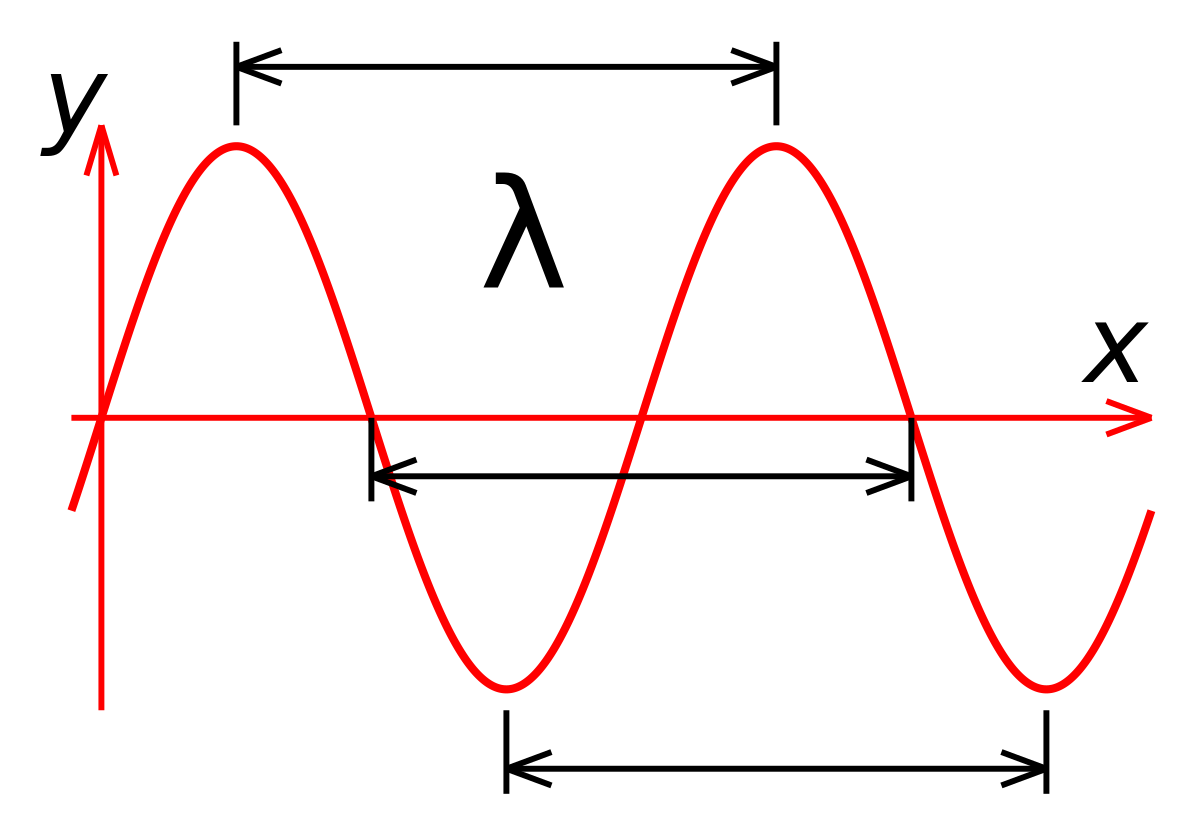chiques
Full Member level 3
- Joined
- Nov 21, 2007
- Messages
- 168
- Helped
- 2
- Reputation
- 4
- Reaction score
- 2
- Trophy points
- 1,298
- Location
- California
- Activity points
- 2,534
I know this:
Frequency in RF is the oscillation rate of electromagnetic radiation. The wavelength is inversely proportional to the frequency.
I don't know how to relate to this:
Frequency in a pulsed system is the amount of pulse cycles that occur per second.
***************************************************************************************
Is the wavelength also inversely proportional in a pulsed system (PWM)?? That doesn't sound right to me.
I'm trying to get clarification on this because many terms, parameters and even specifications in RF are used in high speed digital systems. That's never sat well with me so I'm just trying to understand the way the terms are used.
Frequency in RF is the oscillation rate of electromagnetic radiation. The wavelength is inversely proportional to the frequency.
I don't know how to relate to this:
Frequency in a pulsed system is the amount of pulse cycles that occur per second.
***************************************************************************************
Is the wavelength also inversely proportional in a pulsed system (PWM)?? That doesn't sound right to me.
I'm trying to get clarification on this because many terms, parameters and even specifications in RF are used in high speed digital systems. That's never sat well with me so I'm just trying to understand the way the terms are used.

